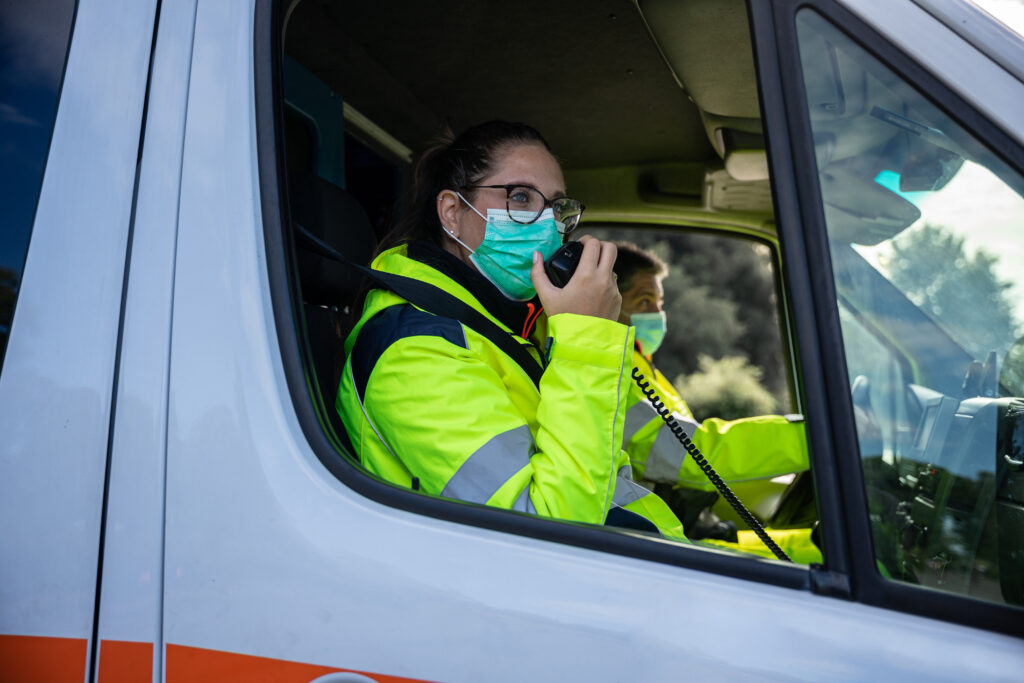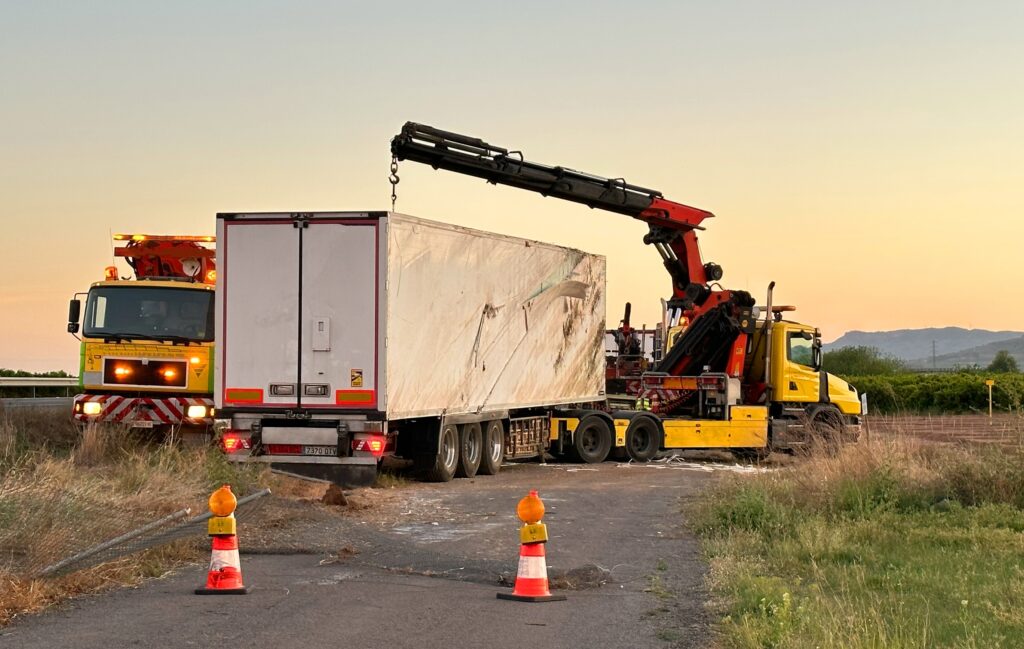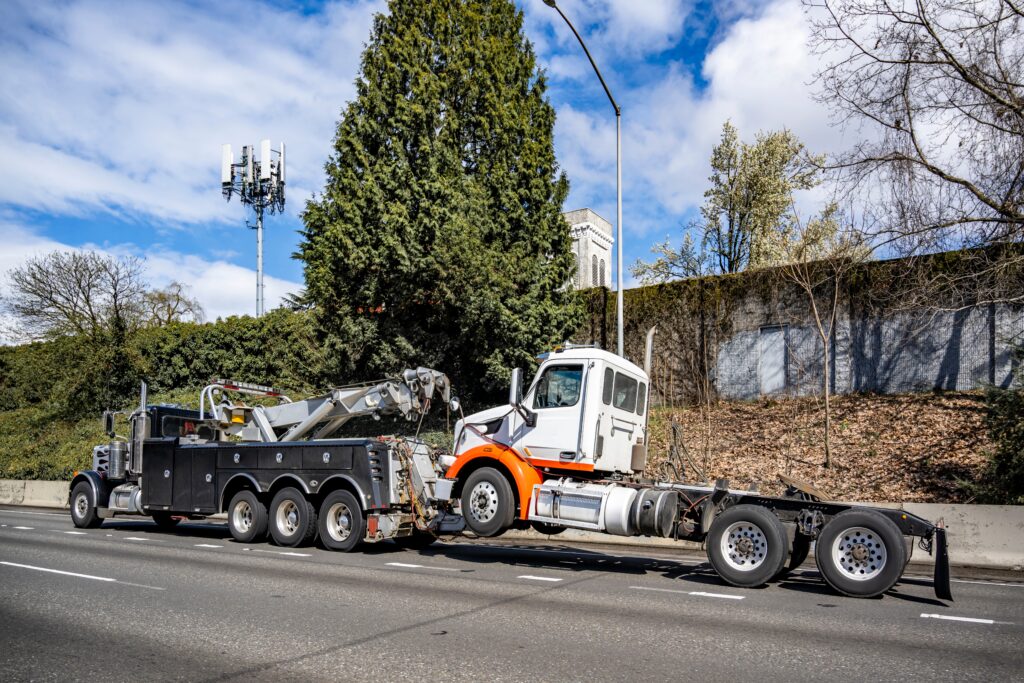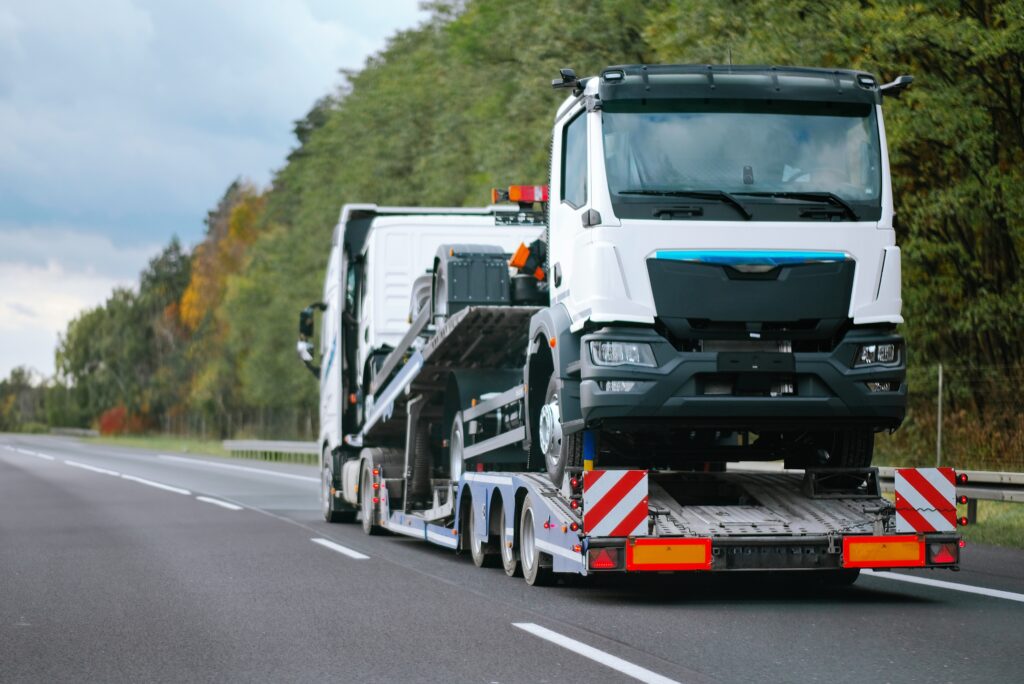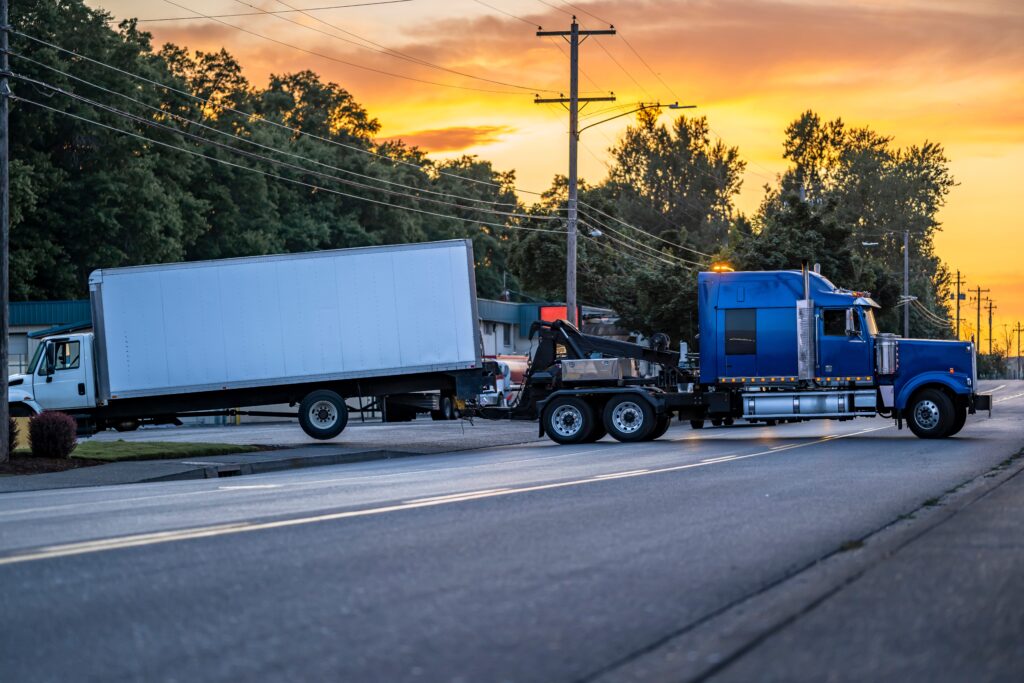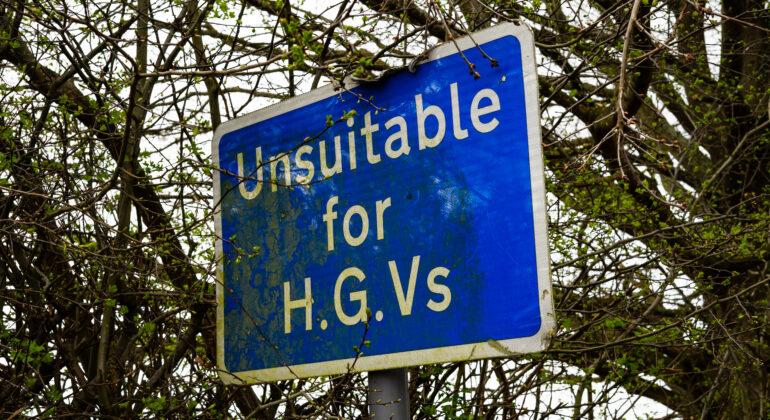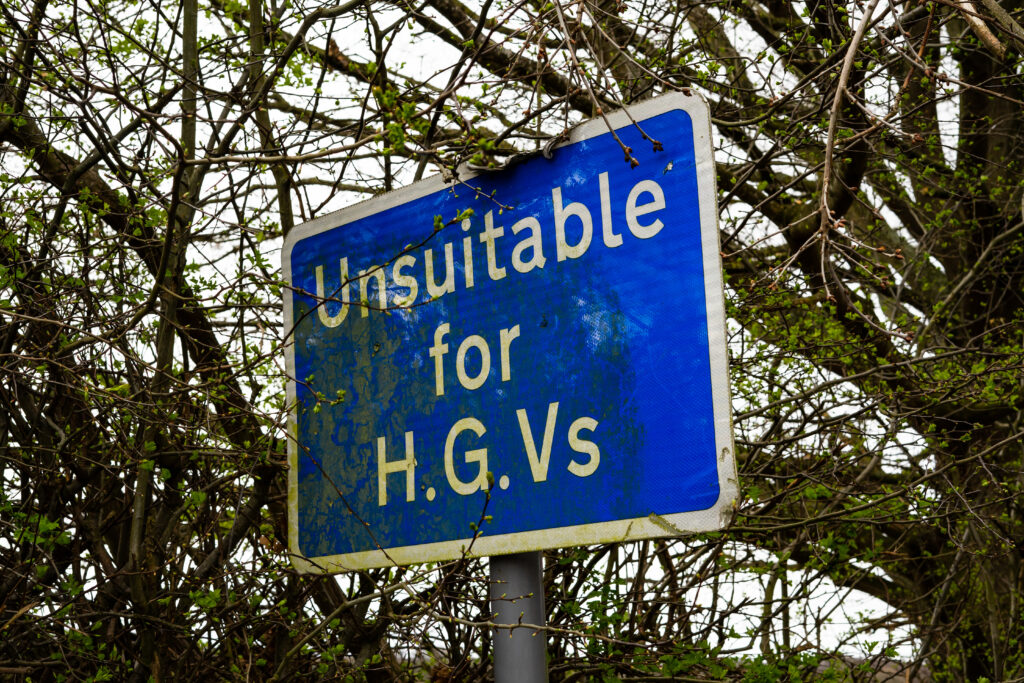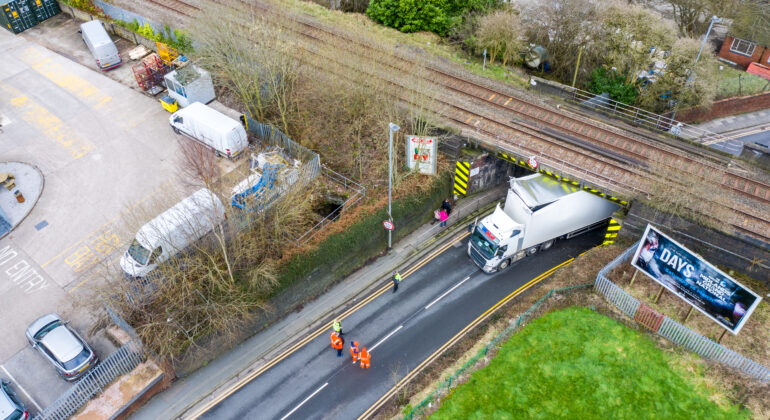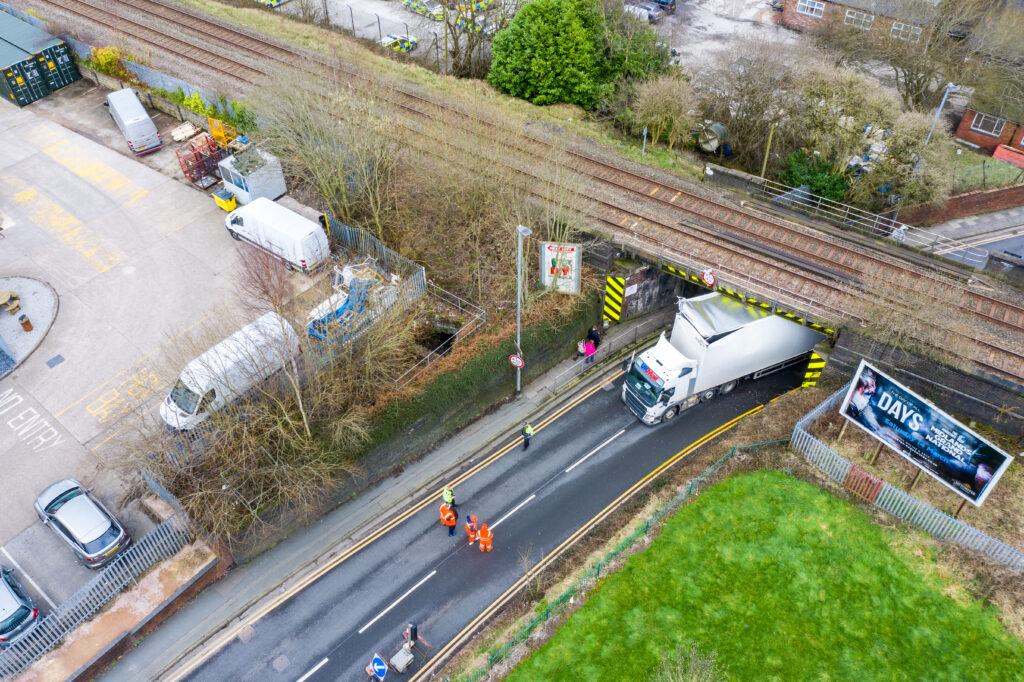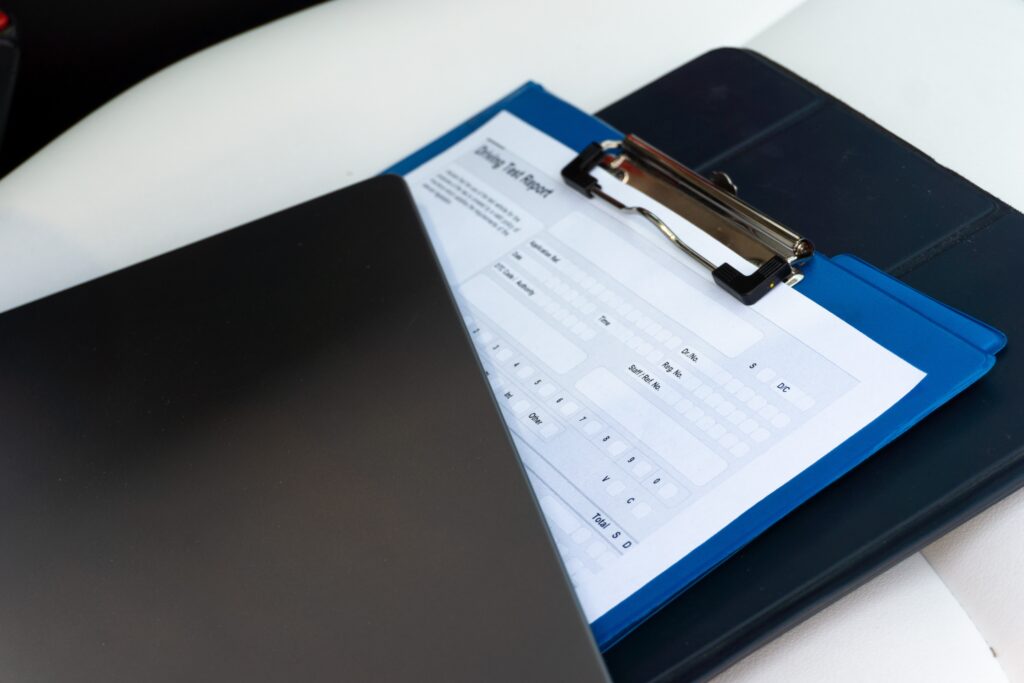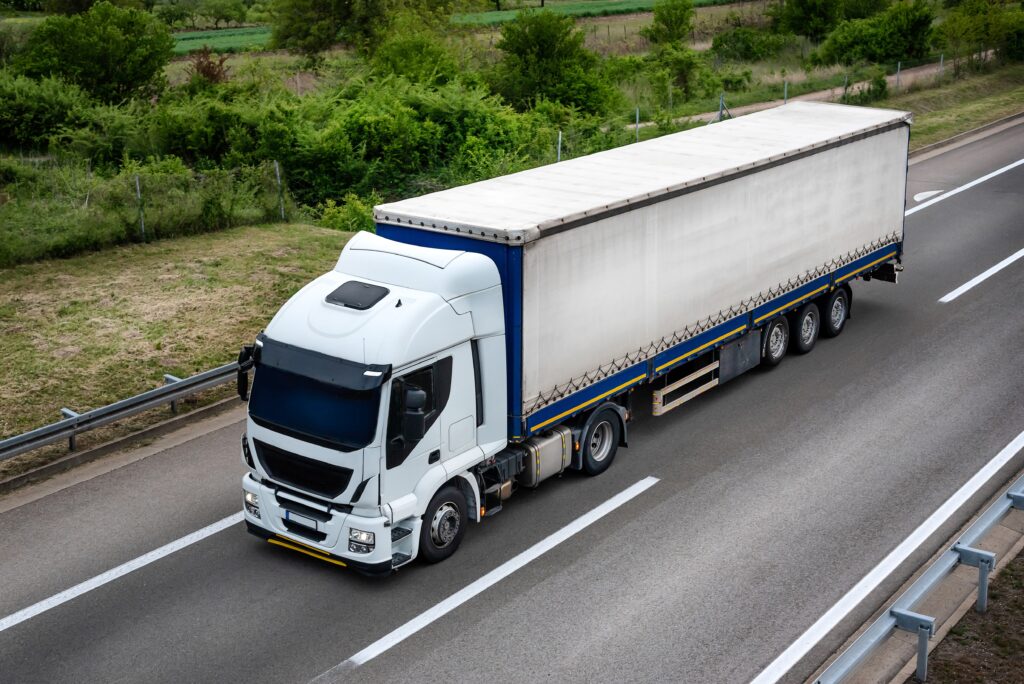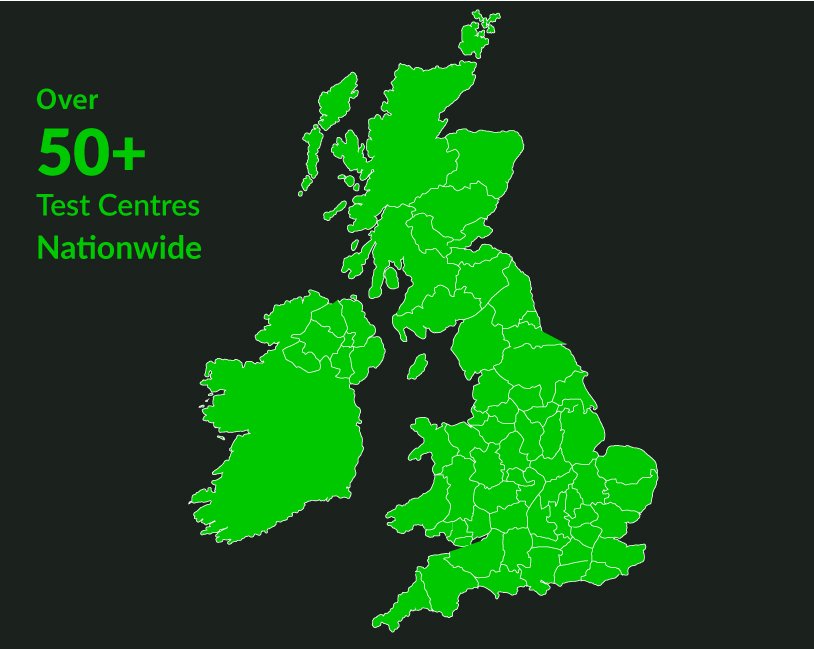If you’re an experienced HGV driver who completed your HGV training a while ago, you may be asking yourself whether it’s worth taking the next step in your career.
Where else is there to go beyond being an HGV driver, though? Well, the next logical move could be to become a transport manager.
To do that, you’ll need to earn your Transport Manager CPC (Certificate of Professional Competence) by passing an exam – much like the CPC training you’ll have completed when earning your original HGV licence.
But what exactly is the Transport Manager CPC? Is earning the transport manager certificate more difficult than other qualifications, and what does the job entail?
Don’t worry, HGV Training Network is here to answer all these questions, so you can make an educated decision on your next big driving career move with confidence.
*Did You Know – HGV Training Network is home to 50 professional training centres scattered across the UK, so you can find somewhere close to you to complete your Transport Manager CPC!

What is a transport manager?
A road haulage transport manager is charged with many responsibilities relating to the smooth-running and safe operation of the vehicles in their care, as well as ensuring the drivers of said vehicles are fully qualified and fit to drive.
What does a transportation manager do?
While the intricacies involved in being a transport manager are wide-ranging, here is a quick breakdown that’ll make things easier to understand – but feel free to reach out to HGV Training Network if you’d like some more in-depth information.
Transport managers must:
- Ensure all vehicles in their fleet are roadworthy at all times, including organising servicing, MOTs, and retaining maintenance records.
- Confirm drivers hold the correct licence and insurance for the vehicles they’re driving.
- Make sure driving jobs are priced appropriately, for the benefit of both the company and the driver.
- Check that vehicles do not exceed weight limits based on the type of vehicle in question.
- Guarantee work is arranged and completed in a way that does not conflict with the rules surrounding driver hours.
In short, becoming a transport manager will lean on the knowledge you already have if you’re an experienced HGV driver, so you can use this knowledge and more to oversee your own fleet responsibly.al Competence (CPC qualification), which can be completed alongside your ambulance driver training.

What is the Transport Manager CPC and is it difficult?
Before we get to the specific details of the Transport Manager CPC, it is worth mentioning that it’s not the easiest exam in the world to pass – but don’t let that put you off!
If you have considerable experience driving professionally (which you likely do if you’re investigating this role) you’ll already have much of the knowledge you’ll need to pass certain elements of the test with flying colours.
The same can be said if you’ve ever been in an office-based position, within the organisational side of a company. If you have both? You’re a perfect candidate.
The Transport Manager CPC exam is split into two distinct sections – a multiple-choice test and a case study. The number of multiple-choice questions you need to answer correctly to pass differs between testing authorities (such as The Chartered Institute of Logistics and Transport), but generally, you’ll need to get 70% of questions right.
The case study, on the other hand, gives you a little more freedom. You’ll be allowed to read from your study notes during this part, giving you a solid advantage.
It will present you with a real-life scenario you may encounter as a transport manager and you must use your revision, previous experience and intuition to explain what you would do in said scenario to handle the situation promptly and professionally.
Again, pass marks between testing authorities differ (speak to a member of the team on this for more information), but it seems to fall around the 50% region, giving you some leeway.
Testing may also differ depending on whether you’re studying to become a transport manager for road haulage or passenger transport (buses, coaches, etc.). So be sure you’re revising for the correct exam.
This may sound appealing, as both exam segments allow for quite a lot of lost marks. However, when you consider the average national pass rate of the Transport Manager CPC is less than 50%, it’s fair to say those looking to step up to the role have a lot of work to do and a lot of information to remember if they want to progress.twork, you can earn your C1 licence at one of over 50 state-of-the-art training centres across the UK? Call our team today on 0203 869 9001 to get the process started.

Transport manager hours
The hours you will work as a transport manager will be dependent on how many vehicles and drivers are under your supervision.
For example, managers in charge of a small fleet (15 vehicles) may only be required to work part-time hours somewhere in the region of 20 hours per week.
However, if you are in charge of a much larger fleet of 40 vehicles and above, it’s very likely you’ll be required to work a full-time schedule, though this can differ from company to company.
Is it worth switching careers from HGV driver to transport manager?
This depends entirely on you! If you enjoy the freedom and independence offered by driving on the open road as an HGV driver, and this is something you don’t want to lose, pivoting to become a transport manager may not be the right move.
Some transport managers still drive on occasion, but many of them are office-based and handle the ins and outs of their fleet from a single location – you may have become an HGV driver to avoid this kind of environment in the first place.
Having said that, if you don’t mind the added responsibility and enjoy the organisational side of things, including communicating effectively with drivers and using your experience to ensure all vehicles are fit for purpose, it could be worth making the switch!
Plus, if you’re moving from HGV driving to transport managing, depending on where you fall on the HGV hierarchy, you could be in line for a welcome pay rise, too. With the average transport manager salary in London falling around £42,000 at the time of writing, it’s an attractive career move for those seeking to earn some extra cash.e more shortly. your training, fill in our contact form or call us on 0800 254 5007.

Explore Transport Manager CPC courses at HGV Training Network
If becoming a transport manager sounds like a step in the right direction for your personal goals, HGV Training Network is here to help.
Comprised of driving experts with a plethora of experience in all aspects of driving and haulage, we’re your number one choice to earn the qualifications you need to master roles such as these.
With HGVTN, you’ll be provided with all the learning materials you need, including physical reading materials and a practice online course, giving you the best chance of passing your transport manager CPC qualification the first time.
To find out more about the Transport Manager CPC, transport manager exams, or any other information on the training and services we offer, speak to a member of the HGVTN team today. to finish.e our online contact form, and we’ll be in touch.






